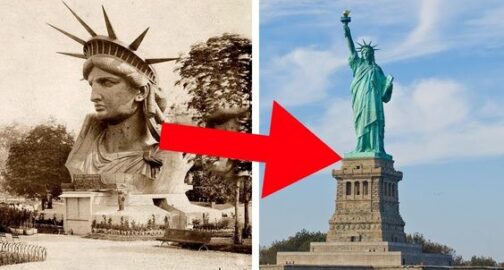
We all want to believe in magic from time to time. But we also know that fairies don’t exist and spaghetti doesn’t grow on trees. Can you imagine that some people truly believed this? Let’s see how easy it is to convince the crowd.
Bright Side has found 15 historical facts proving that even skeptics will believe any story, but on one condition: it has to be convincing.
“Rabbits’ mother” Mary Toft, 1726
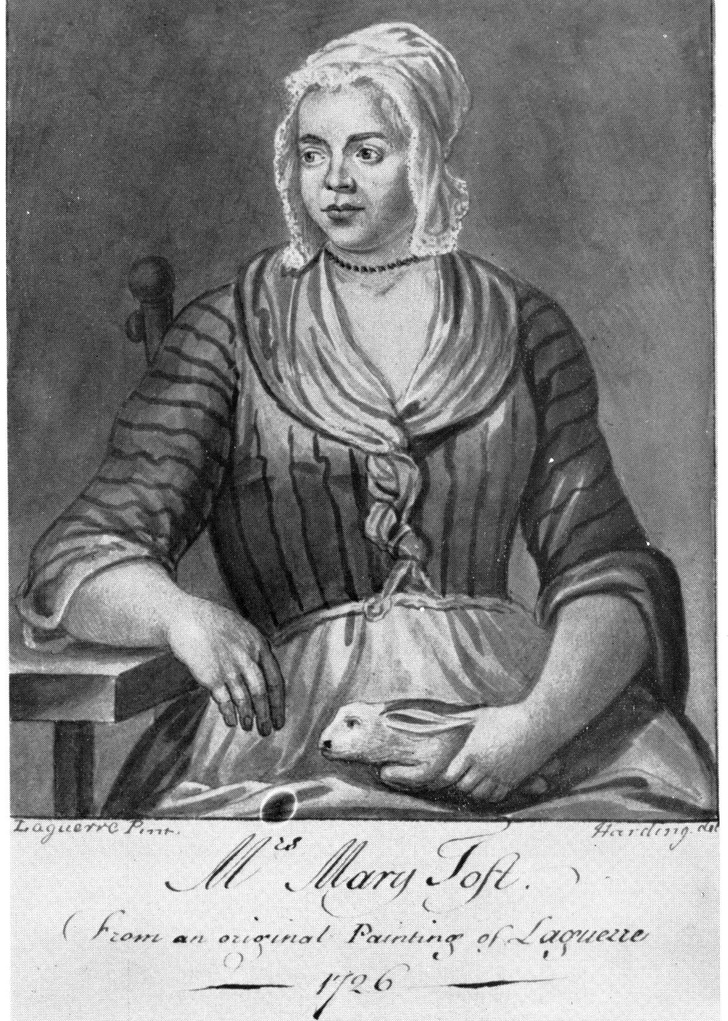
An English woman from Surrey managed to puzzle and fool doctors: she convinced them that she gave birth to… rabbits. After the 15th rabbit delivery, investigators uncovered the hoax. After this incident, people laughed at doctors who believed that the woman could change a fetus inside her womb with the help of the power of thought.
Great Moon Hoax, 1835
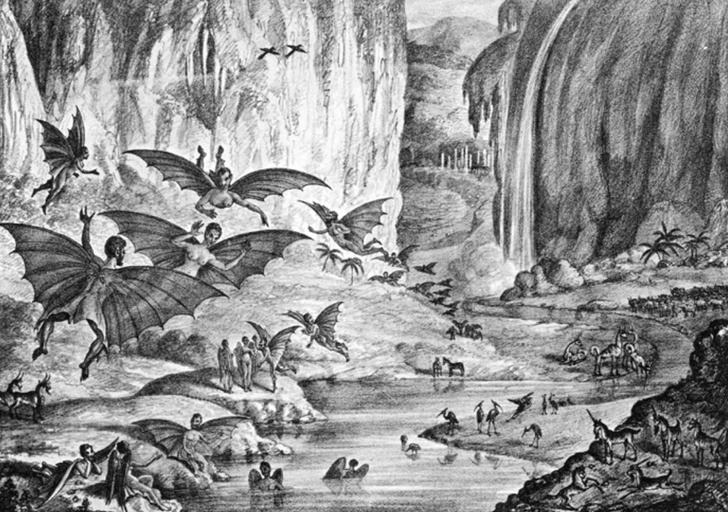
The Great Moon Hoax is a series of 6 articles that were published in The Sun, a New York newspaper. The article discusses a huge telescope that was placed at the Cape of Good Hope that helped scientists see the Moon’s surface and discover a civilization of bat-like, winged humanoids. The hoax was uncovered a few weeks later after the first publication. By the way, the newspaper never became less popular, people just laughed at their own gullibility.
Cardiff Giant, 1869
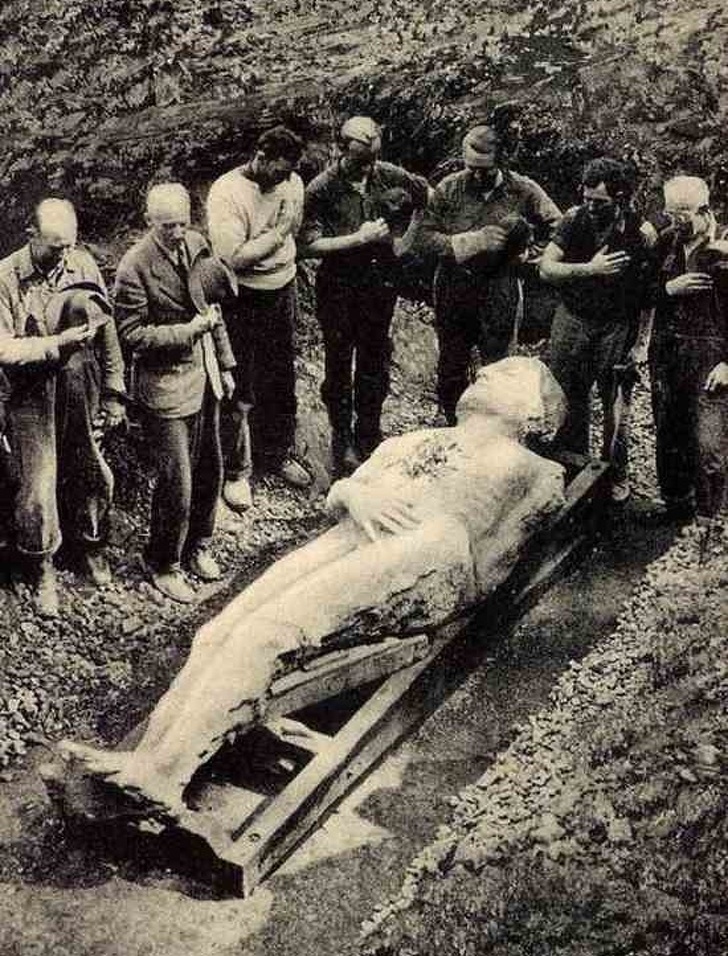
The Cardiff Giant is a 10 ft 4.5 in sculpture that was presented as the remains of a real ancient man. Legend says that 2 workers from Cardiff, New York, discovered the “body” when they were digging a well. The owner of land where the statue was found claimed it was an Indian man and charged people for a chance to see it.
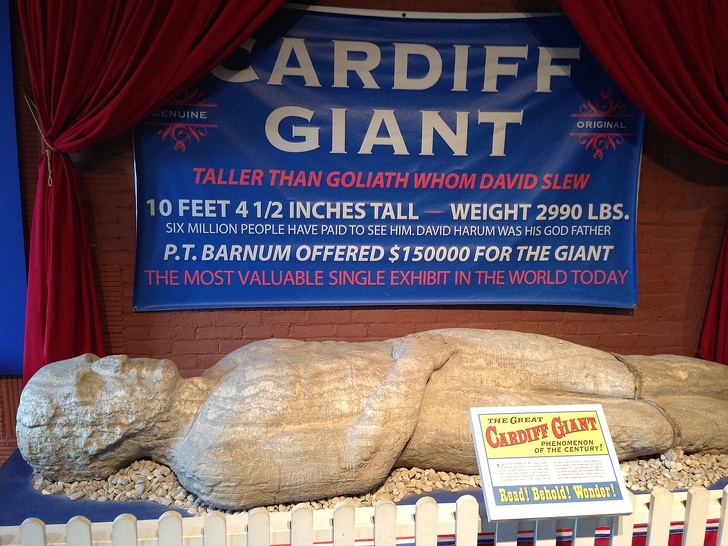
But the ancient giant appeared to be a fake. George Hull, an atheist, decided to create the giant after an argument at a Methodist revival meeting about Genesis 6:4 which stated that there were giants who once lived on Earth. A statue was carved out a block of gypsum and buried on Hull’s brother’s land. Then the brother hired workers to dig a well.
Maggie Murphy potato, 1895
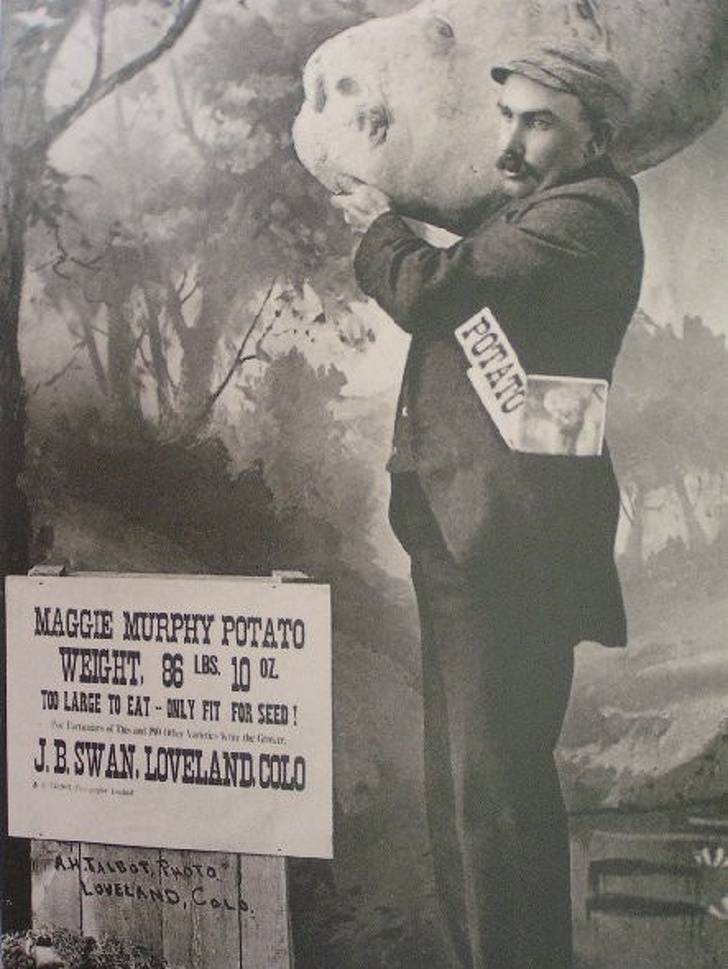
The legend about the giant Maggie Murphy potato was created in Loveland, Colorado by the editor-in-chief for a local newspaper who wanted to promote an upcoming street fair. A fake potato was carved out of wood and claimed to be a real one grown by farmer Joseph Swan. People believed this hoax and asked the farmer to sell pieces of Maggie Murphy so they could grow their own oversized potato.
Dreadnought hoax, 1910
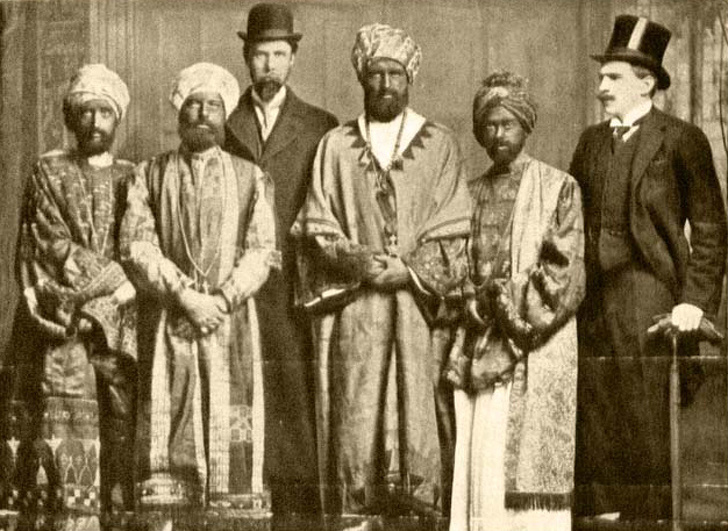
Who do you think the scammer is in this picture? Well, they’re all scammers or, how we’d call them today, pranksters. By the way, the “man” on the left is actually writer Virginia Woolf and the man with the moustache is William Horace de Vere Cole, a poet and the leader of this band.

Cole, pretending to be an interpreter, and his compatriots tricked the Royal Navy into showing their flagship battleship the HMS Dreadnought to a fake delegation of Abyssinian royals. The visitors repeatedly showed amazement and appreciation by exclaiming “Bunga Bunga!” and an officer accompanying the group didn’t recognize Virginia and Horace even though he knew them.
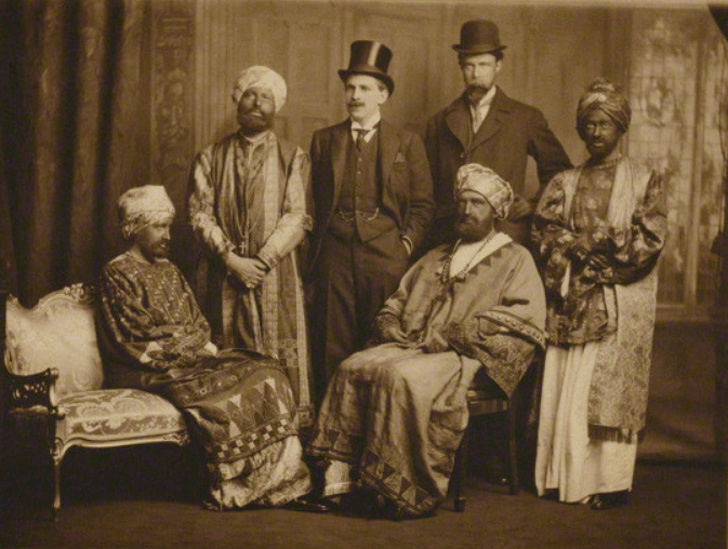
When the prank was uncovered, with the exception of Virginia Woolf, they were subjected to a symbolic thrashing on the buttocks. But Cole said that officers should have punished themselves for being duped by the tricksters.
Bathtub hoax, 1917
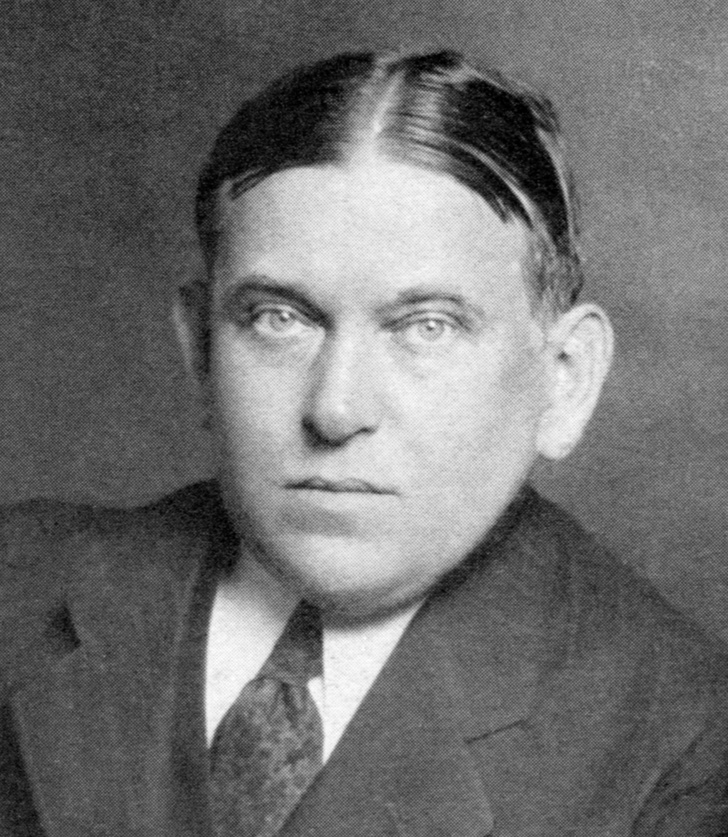
In 1917, Henry Louis Mencken (in the picture above), an American journalist and satirist published an article titled A Neglected Anniversary where he described the “story” of a modern bathtub invented in Cincinnati 75 years prior. In his article, Mencken claimed that bathing used to be illegal in the USA because doctors considered it to be dangerous for your health.
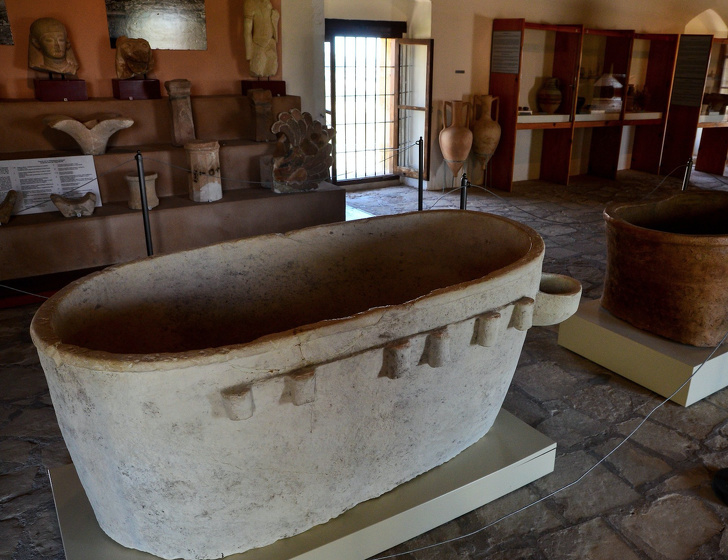
Of course modern bathtubs were invented earlier and not in the USA (in the above photo, you can see a bathtub from the Cyprus Museum), but it turns out that many people didn’t know about that. Though the author just wanted to have fun, his article was still being widely quoted as a fact for years even after the hoax had been uncovered.
Cottingley fairies, 1917–1921
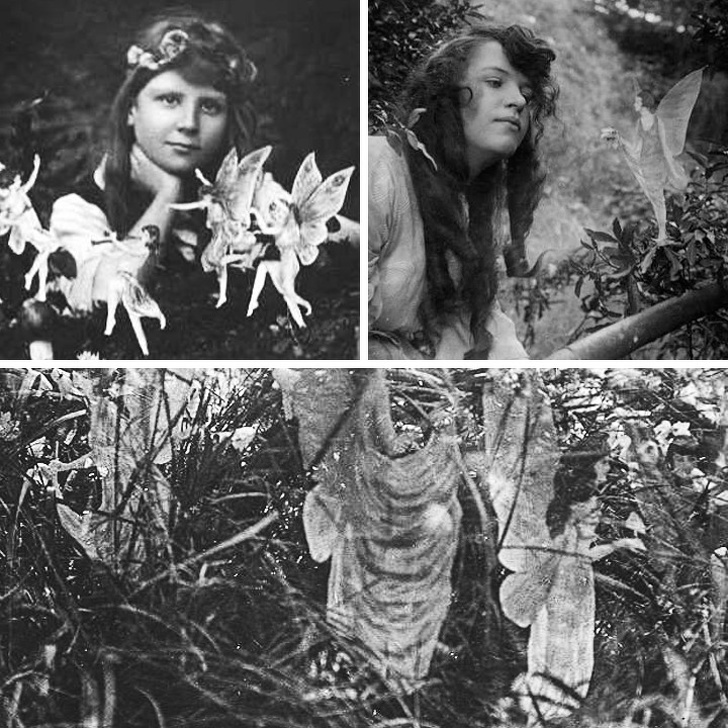
These photos were taken in 1917 and 1921 by 2 teenage girls: 16-year-old Elsie Wright and her 10-year-old cousin Frances Griffiths. They had to prove that fairies, elves, and dwarfs existed. It’s surprising but even Arthur Conan Doyle thought that these obviously fake figurines were real. The debate regarding the last photo where the fairies look more “natural” is still open.
Furry trout, 1929
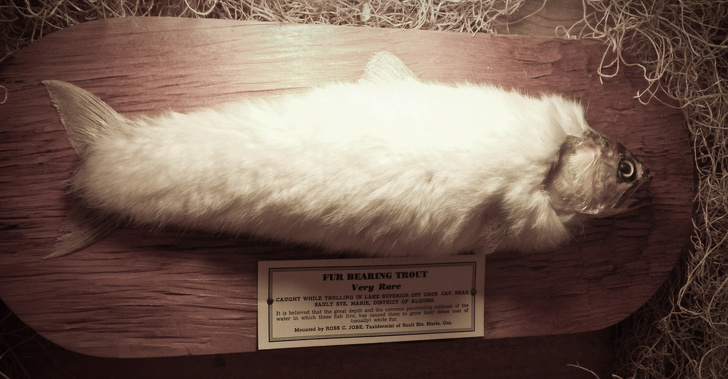
Here’s a creature purportedly caught in Iceland, Canada, and North America (Arkansas). A theory says that this fish is “fluffy” due to several bottles of hair tonic being spilled into the Arkansas River. Newspapers published articles telling stories about fishermen who caught this fish to knit fur slippers and later its body was found too (of course it was fake.) We can assume that this myth was spread because of Saprolegnia (or cotton molds) that infect fish, which can result in the appearance of fish being covered in white “fur.”
Horned hare, 1932

People used to believe in jackalopes and wolpertingers back in the Middle Ages. But this legend became extremely popular when Douglas Herrick, a hunter with taxidermy skills from Wyoming, popularized the American jackalope by grafting deer antlers onto a rabbit carcass.

People liked the idea and Herrick sold thousands of these stuffed animals. The town even started to issue souvenir Jackalope Hunting Licenses to tourists that you can get even today. This license is valid from midnight to 2 AM on the 31st of June and the hunter must have an IQ greater than 50 but not over 72.
Spaghetti tree, 1957

A 3-minute hoax report broadcast on April Fools’ Day 1957 by the BBC was more successful than we can imagine. It turned out that many people didn’t know that it’s made from wheat flour and water and believed the report about a family growing spaghetti in Switzerland. Millions of viewers afterward contacted the BBC for advice on growing their own spaghetti trees. The BBC reportedly told them to “place a sprig of spaghetti in a tin of tomato sauce and hope for the best.”
The voice of Vrillon, 1977

In this picture you can see the Hannington transmitter in the UK where an alien broadcast interruption at 5:10 PM on November 26, 1977 took place. The speaker, accompanied by a deep buzzing, interrupted transmissions and claimed to be an alien called Vrillon, a representative of an “Intergalactic Association.”
The voice broke into the broadcast to warn Earth that our planet is in danger, that all weapons of evil must be removed, and that we have only a short time to learn to live together in peace. The broadcast message is generally considered to be a hoax, but the identity of the hijacker is unknown.
Dihydrogen monoxide, 1990

What would you do if you were told to stay away from water containing “harmful hydrogen”? This hoax demonstrates that a lack of knowledge and ignorance about science leads to panic. The joke gained popularity in 1990 when students from the University of California spread information that the water was polluted with dihydrogen monoxide. In fact, it’s just one of the scientific names of water that has the chemical formula H2O.

Later several websites warning about “dangerous” dihydrogen monoxide were created and Nathan Zohner, a 14-year-old student, conducted a poll among his classmates and gathered petitions to ban the “harmful substance.” 43 students out of 50 voted for banning the chemical. In recognition of his experiment, the term “Zohnerism” was introduced to refer to “the use of a true fact to lead a scientifically and mathematically ignorant public to a false conclusion.”
Archaeoraptor, 1999
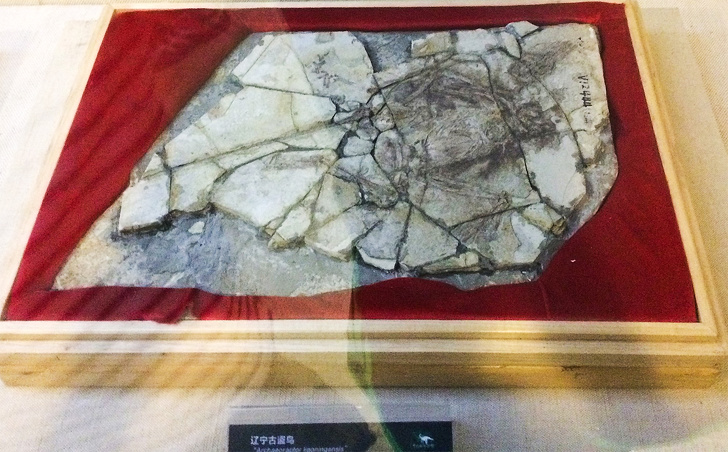
Archaeoraptor is the name for a fossil from China in an article published in National Geographic magazine in 1999. The magazine claimed that the fossil was a “missing link” between birds and dinosaurs. Unfortunately, the “link” turned out to be fake. It was constructed from rearranged pieces of real fossils from different species. The event caused a great scandal and proved once again that all archaeological discoveries should be thoroughly checked out.
Mars hoax, 2003

It’s hard to believe but lots of Internet users sent each other information regarding Mars’ approach to Earth. People claimed that the Red Planet would look as large as the full moon. Of course Mars gets closer from time to time but it remains a relatively small object (the red dot to the right of the Moon in the picture). By the way, the next most spectacular approach will take place in 2018.
An incident with a balloon in Colorado, 2009

And here’s one of the most recent mysteries that occurred on October 15, 2009 in Fort Collins, Colorado. Richard and Mayumi Heene allowed a helium-filled gas balloon resembling a flying saucer to float away into the atmosphere and claimed that their son Falcon was inside it. National Guard helicopters and local police pursued the balloon, the mass media spread the information that the 6-year-old boy really traveled at altitudes reaching 7,000 ft and lots of people believed this hoax.

In fact, Falcon was hiding in the attic. The boy’s parents created this story just to attract attention and earn some money. The Heenes were sentenced to imprisonment, fined, and obliged to write a formal apology to the agencies that searched for Falcon.
Bonus: A 350-year-old iPhone
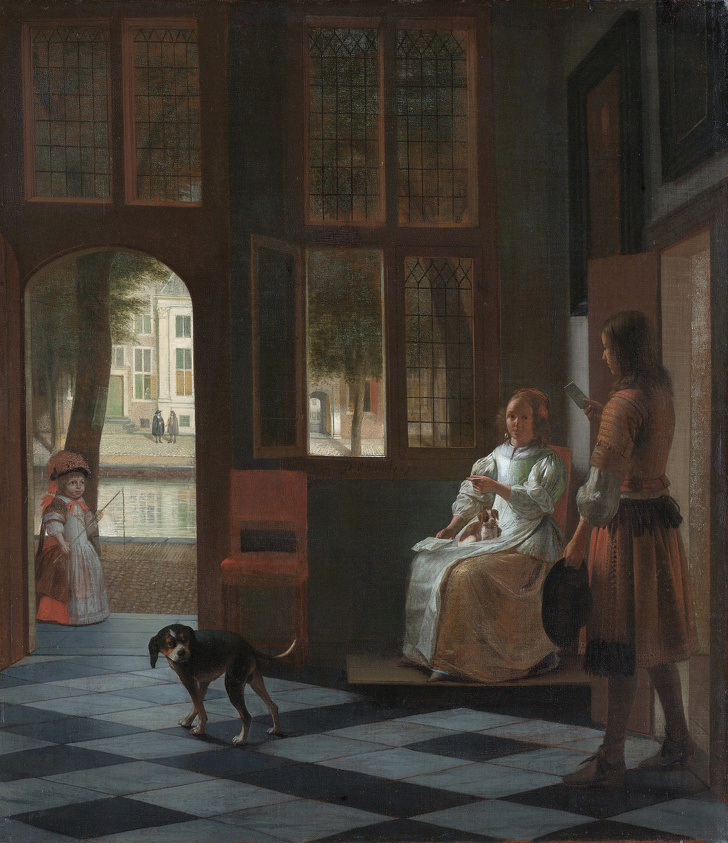
According to Apple CEO Tim Cook’s interpretation of this painting, the iPhone was invented nearly 350 years ago. This story originated when Neelie Kroes, a former European Commissioner, took Cook to Amsterdam’s Rijksmuseum. Tim noticed an item resembling the popular smartphone in the picture Man Hands a Letter to a Woman in a Hall by Pieter de Hooch.
The next day, during a chat at the event in Amsterdam, Kroes shared the anecdote from the night before and asked Tim if he knew when the iPhone had been invented. Cook jokingly explained that he thought he knew before Neelie took him over to enjoy some art and then he saw an iPhone in one of the paintings.
Do you usually believe in these types of mysterious stories? Share your experience with us in the comments.
Preview photo credit Pieter de Hooch/Wikipedia





